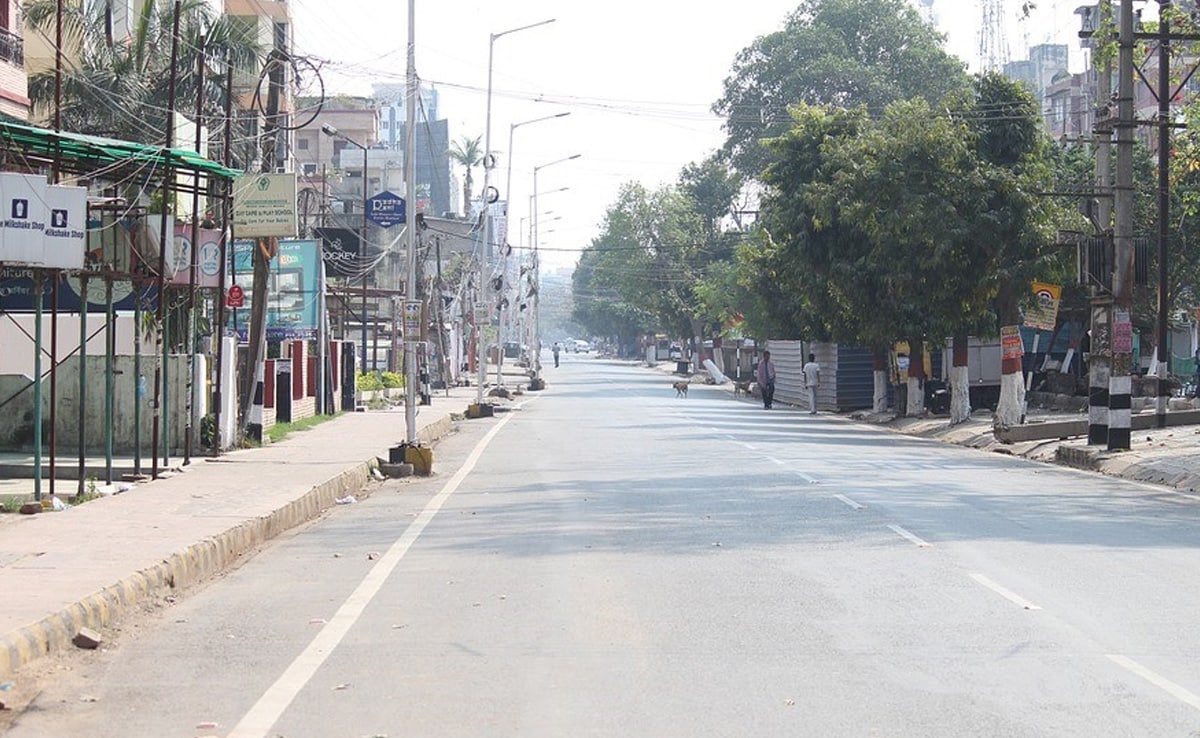It may come as a surprise but today we know only about five percent of the total Universe, which is the part we see, a massive ninety-five percent is unseen and unknown. This is made up of 24 per cent Dark Matter and 71 per cent as Dark Energy, these are still unknowns and scientists are trying to decipher this big-big mystery.
India joined the search for the elusive Dark Matter by setting up a laboratory almost half a kilometre below the Earth’s surface at Jadugoda in Jharkhand in 2017. Now to add to the heft, India has set up the world’s highest Gamma-ray telescope at Hanle in Ladakh at an altitude of almost 4,300 metres above sea level.
Dr A K Mohanty, Chairman of the Atomic Energy Commission and India’s nuclear chief says the search for Dark Energy and Dark Matter continues unabated.
At Hanle, it is a telescope like no other, a special robotic eye in the sky to track some of the most energetic phenomena like the birth and death of stars. One needs very special instruments to study these exploding stars.
The Department of Atomic Energy has established the Major Atmospheric Cherenkov Experiment or MACE. It is a cutting-edge gamma-ray telescope for very high-energy astronomy. It is indigenously developed by the Bhabha Atomic Research Centre, Mumbai and is installed at Hanle.
The MACE (Major Atmospheric Cherenkov Experiment Telescope) has a diameter of 21 meters, weighs 180 tonnes and has 356 mirror panels. It is the largest telescope in Asia and the highest in the world. It is armed with a high-resolution imaging camera that weighs about 1200 kg. With this telescope, which was inaugurated earlier this month, India aims to study gamma rays coming in from distant parts of the universe.
The telescope has been built by the Bhabha Atomic Research Centre with support from the Electronics Corporation of India Limited (ECIL) and other Indian industry partners. It was inaugurated on October 4 to mark the Platinum Jubilee year celebrations of the Department of Atomic Energy.
Dr Mohanty says “If there is dark matter in galaxies, they will annihilate and this annihilation will produce gamma rays and the Cherenkov radiation will be detected.”
Cherenkov radiation occurs when charged particles pass through a transparent medium faster than the speed of light in that medium.
Dr Mohanty said that the telescope can also help study black holes. “What is happening near black holes, if there are two jets and signals coming in the form of high-energy gamma rays, this detector will be able to detect it,” he said.
NDTV’s Pallava Bagla had earlier accompanied Dr Mohanty to India’s deepest science lab in Jharkhand’s Jadugoda — a dark matter lab 550 metres below the ground. Connecting the underground lab to the observatory at Hanle, Dr Mohanty said, “This telescope also aims to detect dark matter but of a different type.”
Asked how much of the universe we understand so far, he replied, “We have understood just about 4-5 per cent of the universe, the rest is what we call dark matter which is unknown, the universe is still a black box to us. Dark matter and dark energy comprise 95 per cent.”
On a question on how India’s scientific research facilities stand in comparison to other countries, the senior scientist replied, “We are at par. People all over the world are using our facilities.”
Earlier, inaugurating the MACE telescope, Dr Mohanty had said it was a monumental achievement for India and places it at the forefront of cosmic-ray research globally. He also paid tribute to pioneering research in India, including the work of Dr Homi J Bhabha, in the field of cosmic-ray research that paved the way for later progress.














